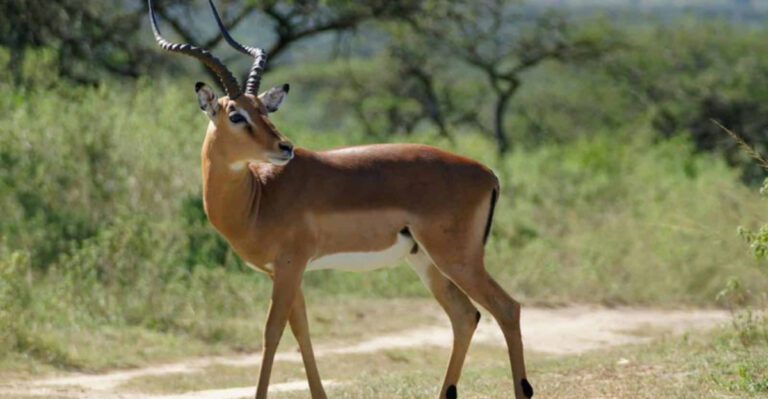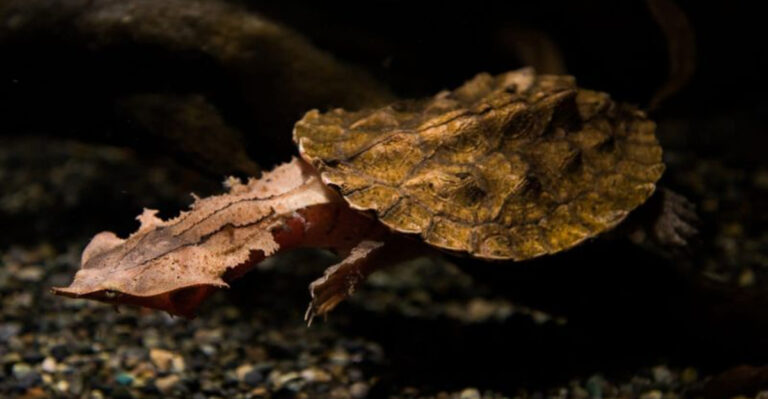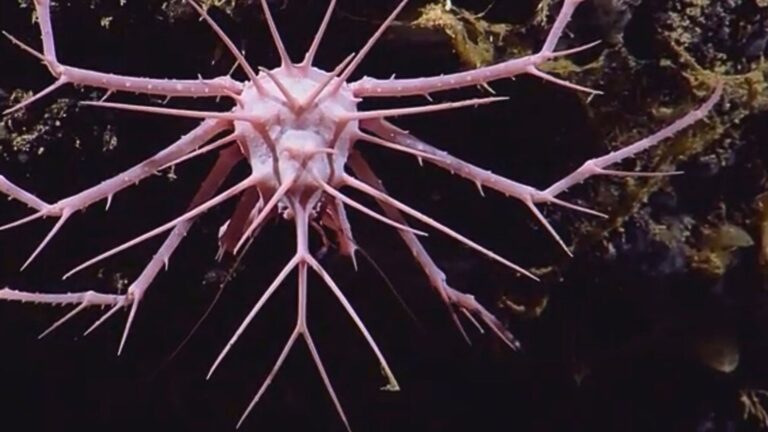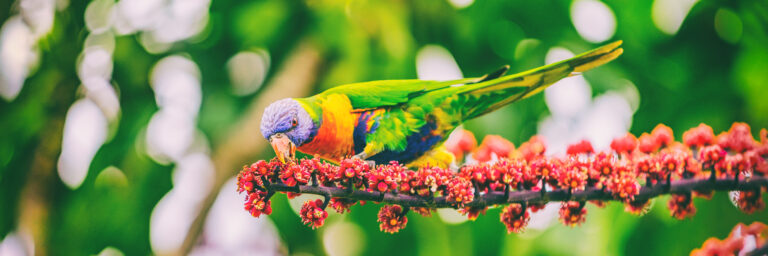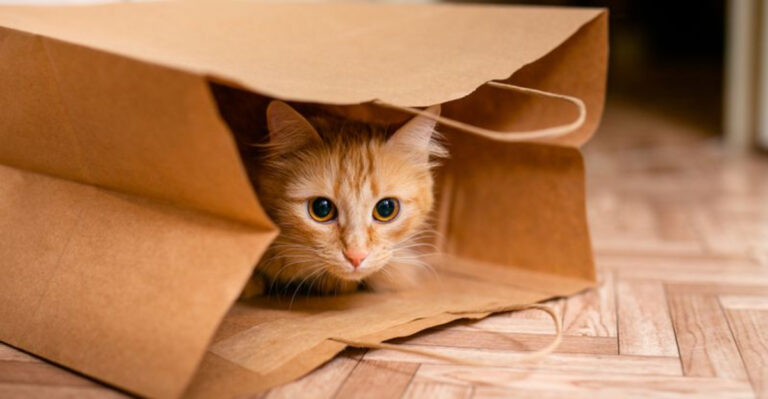20 Clever Ways Animals Stay Cool In The Heat
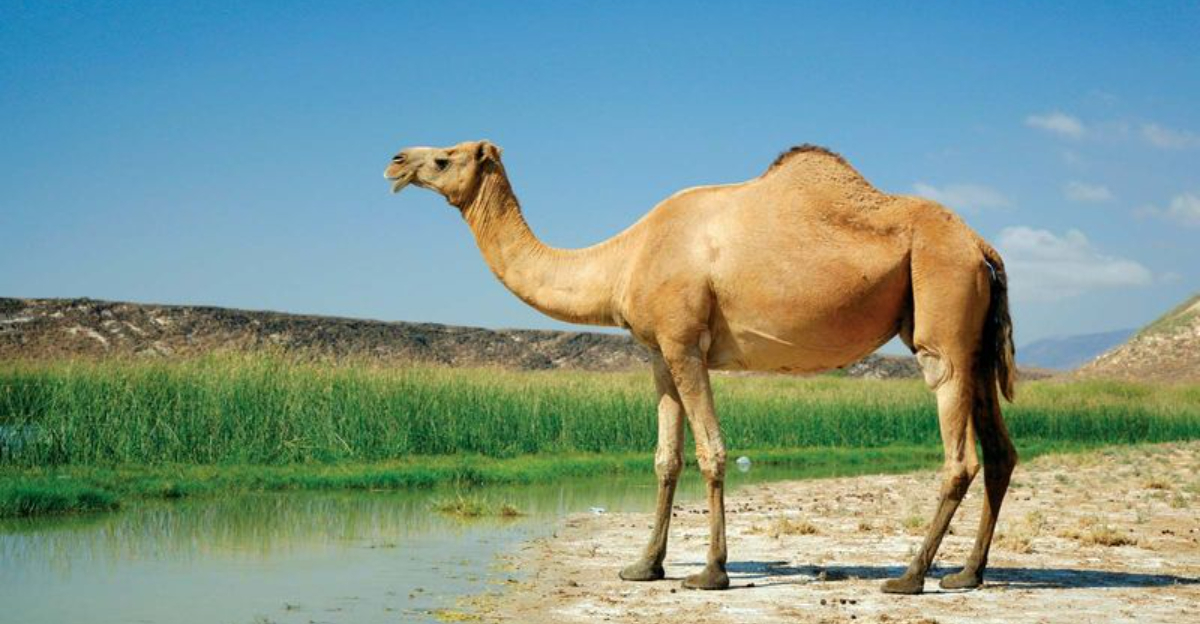
Ever wondered how animals beat the scorching heat while we humans sweat it out? Nature has endowed them with fascinating tricks to stay cool.
From elephants using their ears as fans to kangaroos licking their forearms, these clever creatures have mastered the art of staying chill. Let’s explore these ingenious ways animals stay refreshed without an air conditioner in sight.
1. Fennec Fox
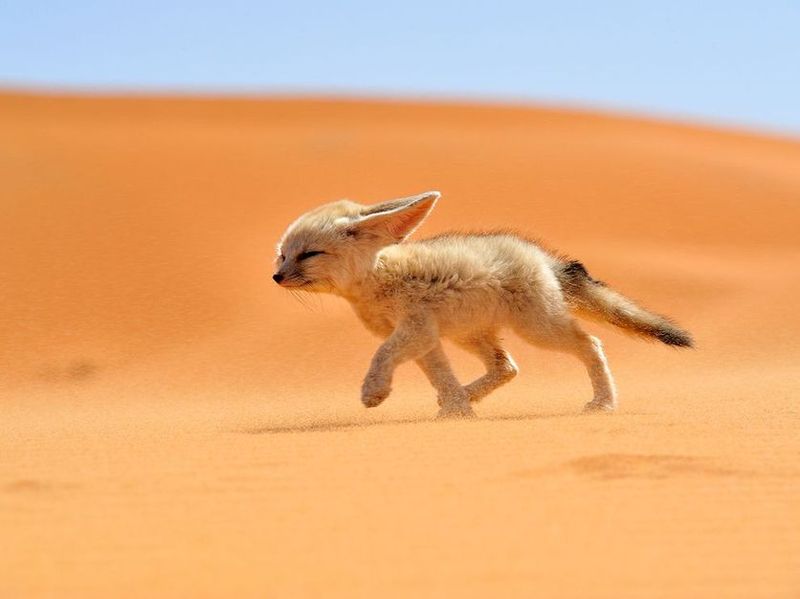
With ears like satellite dishes, the fennec fox stays cool using its built-in air conditioning system. Those oversized ears release excess heat, helping it survive the desert heat.
To escape the scorching sun, it digs burrows deep into the sand. Coming out only at night, the fox cleverly avoids the hottest hours of the day.
2. Elephants

When you think of an elephant’s ears, imagine built-in fans swaying in the breeze. Elephants flap their massive ears to cool down, sending air over the blood vessels.
This technique lowers their body temperature significantly. They also coat themselves with mud, which acts like sunscreen and keeps them cool. +
3. Hippopotamus

Hippos spend most of their day submerged in water to keep their large bodies cool. The water acts as a thermal blanket, preventing overheating from the sun.
They secrete a special oily substance that acts like sunblock, protecting their skin from UV rays. With eyes and nostrils on the water’s surface, they can breathe and see while staying cool underwater.
4. Kangaroo
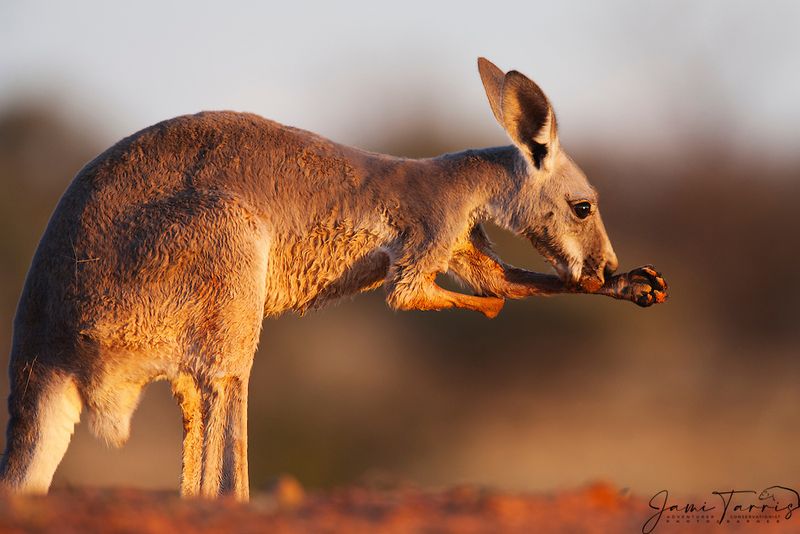
Kangaroos have a unique way of beating the heat: they lick their forearms. By spreading saliva, they create a cooling effect as the moisture evaporates.
This natural air-con trick is vital in Australia’s intense heat. These marsupials also seek shade during peak sun hours, conserving energy and staying cool. It’s a clever adaptation to their harsh environment.
5. Polar Bear
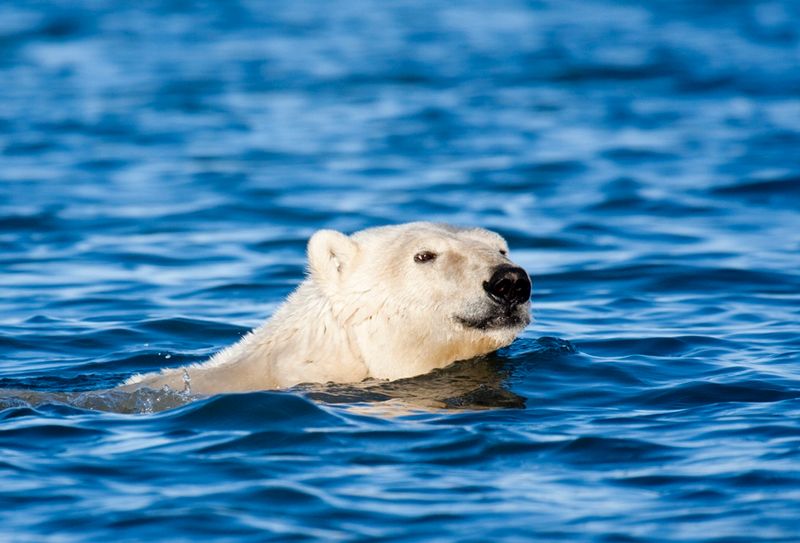
Staying cool in the Arctic, these powerful mammals take regular dips in icy waters to release trapped heat. Thick fur keeps them warm but can cause overheating, making swimming essential for balance.
Grooming ensures their coat stays clean and efficient, helping them thrive in extreme conditions.
6. Penguins
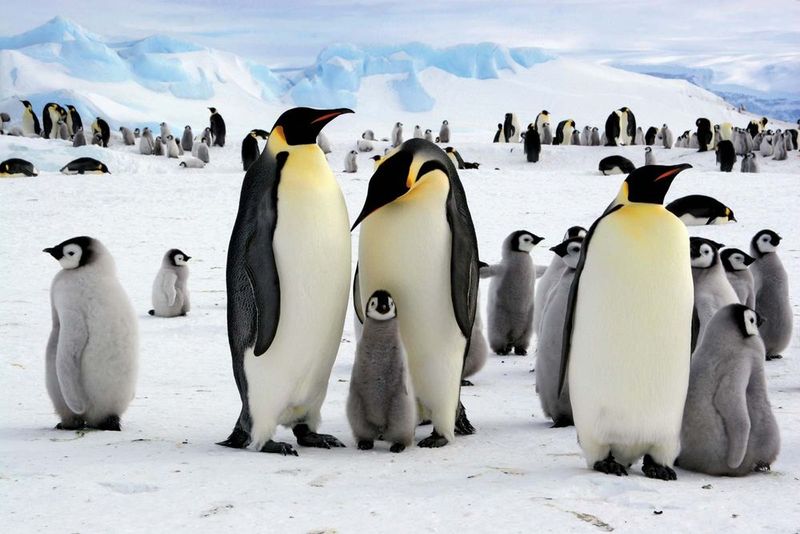
Penguins use social strategies to manage temperature. By huddling, they conserve heat in frigid climates but disperse when it’s time to cool down.
They also slide on their bellies across the ice, a fun way to cool off and travel. Their feathers trap air, giving them insulation, while the sleek body structure aids in quick water cooling sessions.
7. Camels
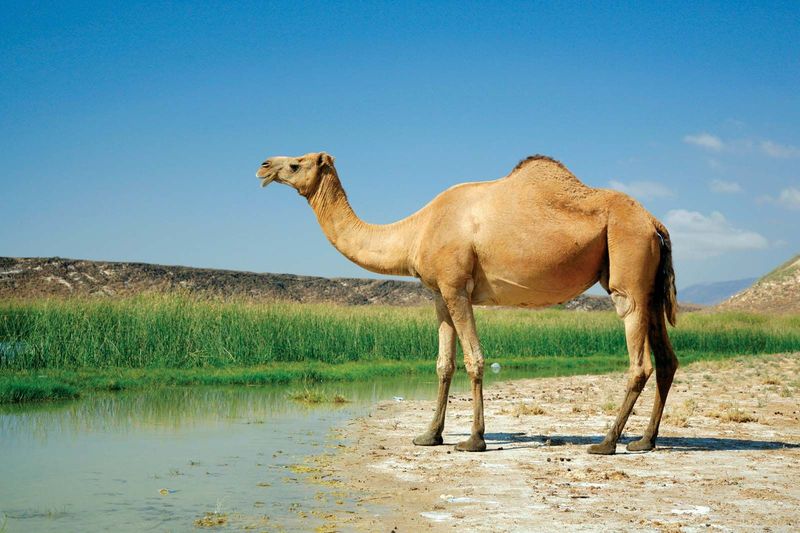
Camels, the desert’s ships, store fat in their humps, not water. This fat acts as an energy reserve, allowing them to endure long treks.
They can tolerate significant body temperature fluctuations, preventing water loss through sweating. By minimizing activity during extreme heat, camels stay cool, showcasing the adaptability that makes them desert survivors.
8. Giraffes

Built-in thermostats come in the form of long necks and specialized blood vessels that help cool blood before it reaches the brain. Spotty coats not only offer camouflage but also reflect sunlight to reduce heat absorption.
Seeking shade and using their height to reach cooler air, giraffes stay surprisingly refreshed under the African sun.
9. Bees
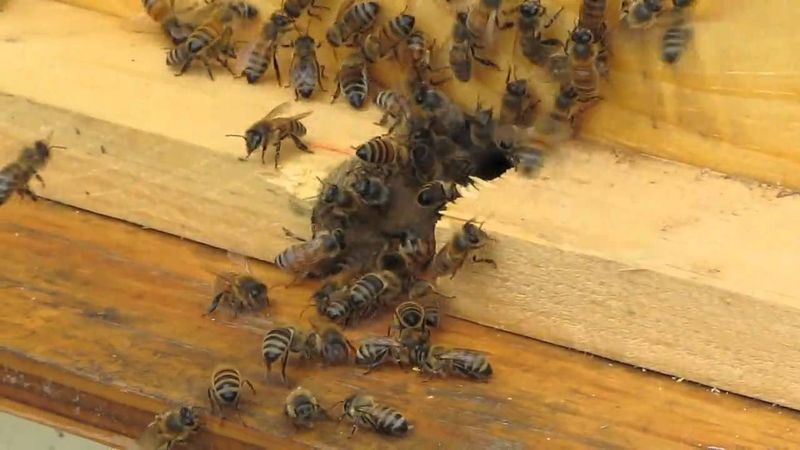
To cool the hive, bees fan their wings at the entrance, creating a breeze. This teamwork keeps the hive’s temperature just right for honey production and larvae survival.
They also collect water droplets, spreading them inside the hive, which evaporates and cools the environment.
10. Alligators
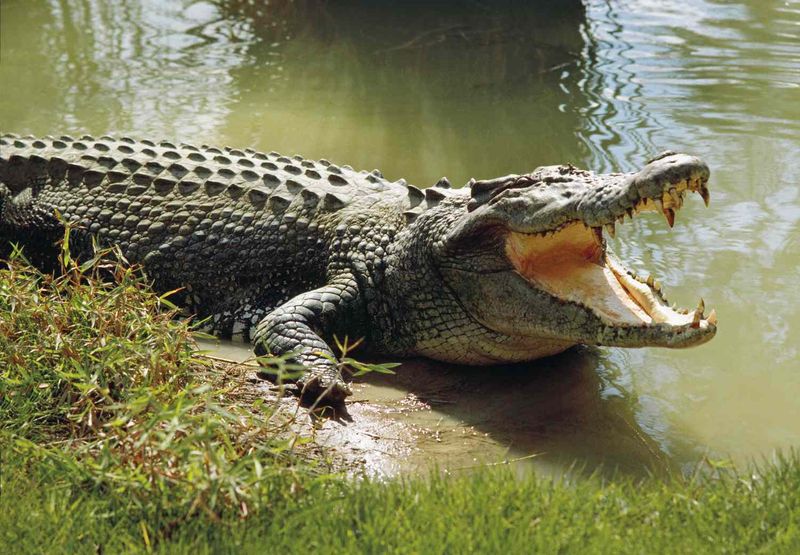
Alligators bask with mouths agape not to show off, but to cool down. This ‘gaping’ releases heat from the body, functioning like a reptilian swamp cooler.
These sunbathers seamlessly switch between sun and shade, maintaining an optimal balance in their warm, aquatic homes.
11. Zebras
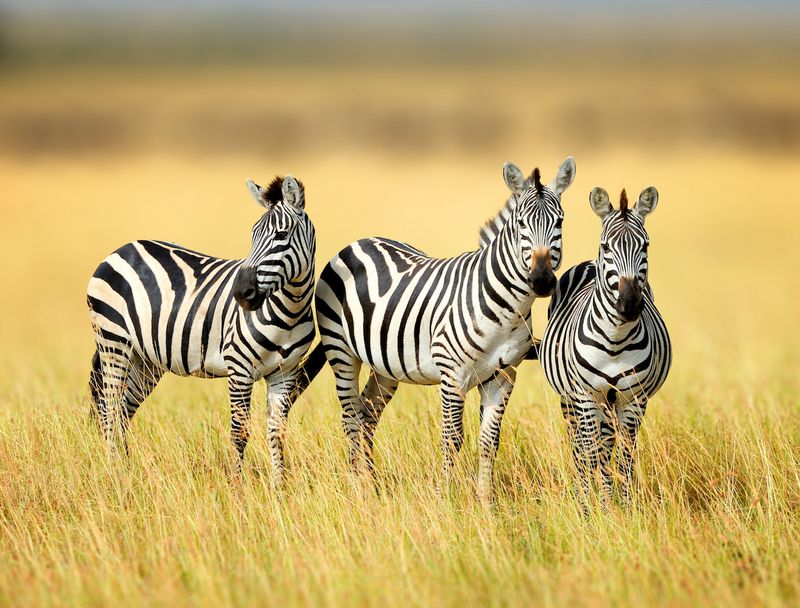
Stripes do more than make zebras stand out – they help with cooling, too. The contrast between black and white creates tiny air currents that aid in heat loss.
Along with seeking shade and rolling in dust, these clever tactics help them beat the African heat while looking sharp.
12. Meerkats
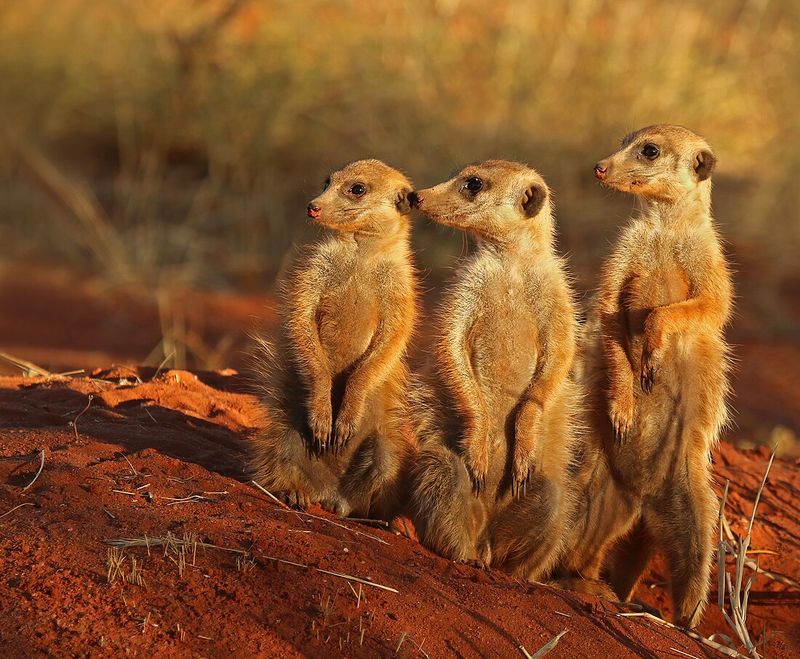
Meerkats are sun-smart. By standing upright, they expose less body surface to the sun, reducing heat absorption.
They use their dark eyes as natural sunglasses to deflect sun glare. Living in burrows, they escape the heat of the day underground.
13. Owls
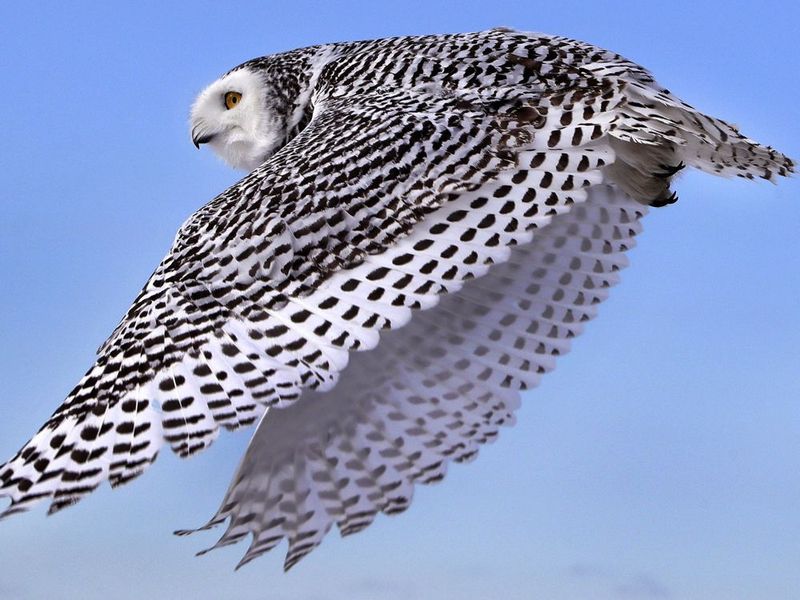
Owls have a feathery secret for staying cool. By puffing up their feathers, they create air pockets that help regulate temperature.
Most owls are nocturnal, avoiding the heat by hunting at night and resting during the day.
14. Squirrels
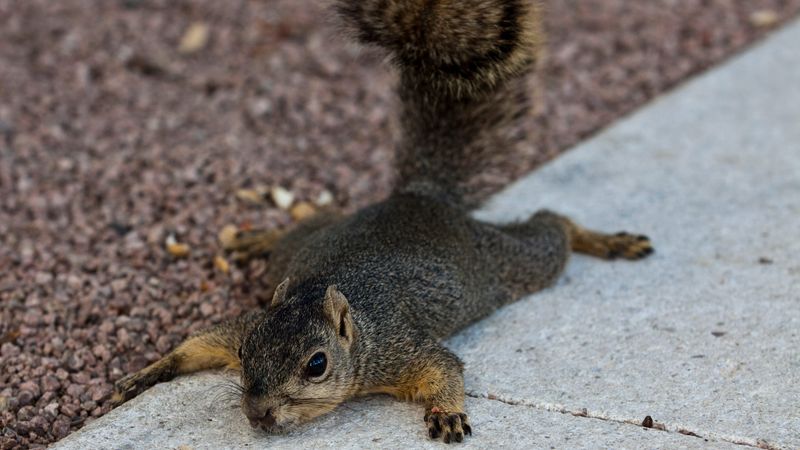
By laying flat on cool surfaces, squirrels maximize body contact with the ground, dissipating heat effectively. This behavior, known as ‘splooting,’ is common during hot days.
They also retreat to the shade of trees or burrow into cooler areas
15. Bison
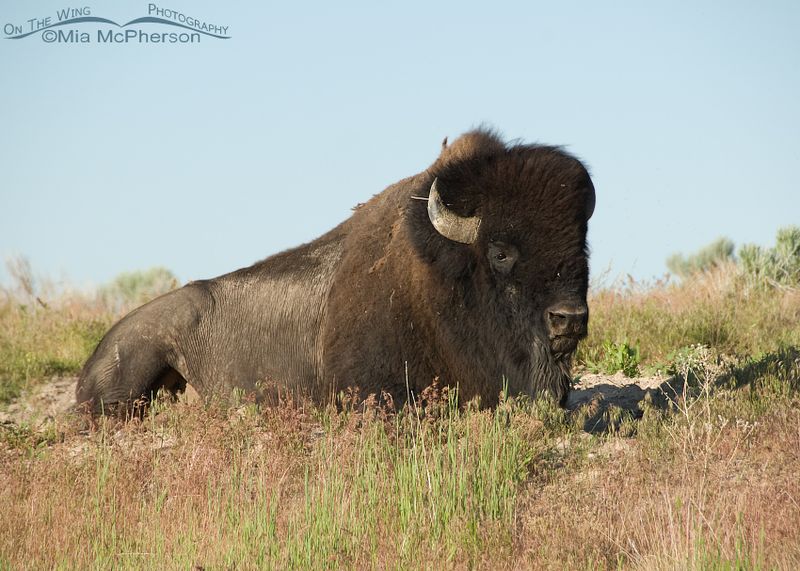
A good mud bath is a favorite way for bison to cool off. Rolling in the mud coats their skin, locks in moisture, and keeps pesky insects at bay.
Once dry, the mud acts like sunscreen, reflecting sunlight and making their thick fur more manageable in the heat.
16. Sloths
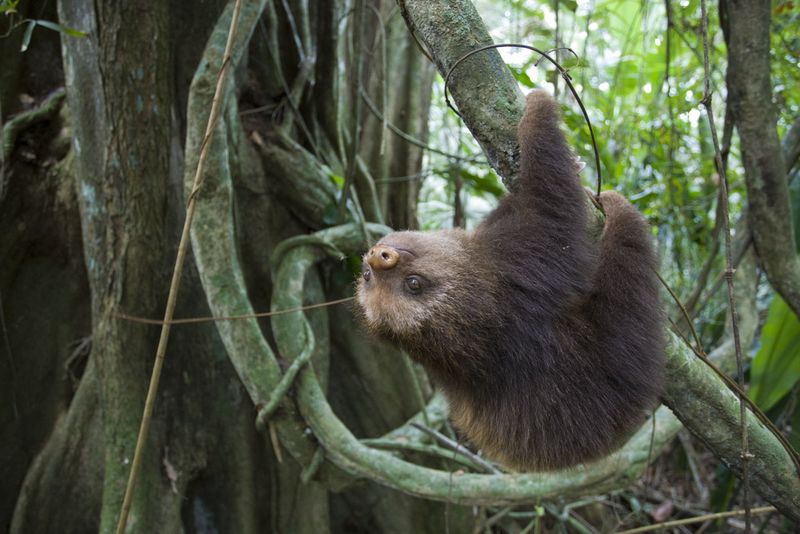
Staying cool is all about taking it slow for sloths. Minimal movement means they don’t build up much body heat.
Hanging upside down in shaded rainforests, with fur that channels rainwater away, helps them stay comfortable even in humid conditions.
17. Flamingos
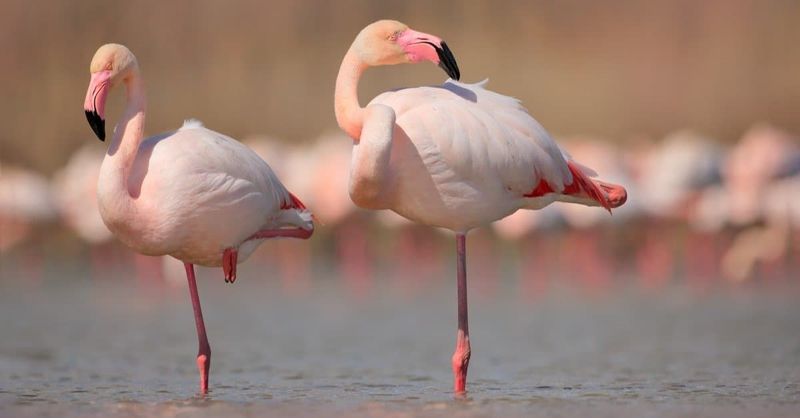
Flamingos are the ultimate cool standouts. By standing on one leg, they reduce body heat loss through water contact.
This balancing act is more than just a quirky habit; it conserves energy and keeps them cool. Their vibrant coloring is a bonus adaptation, reflecting sunlight.
18. Bats
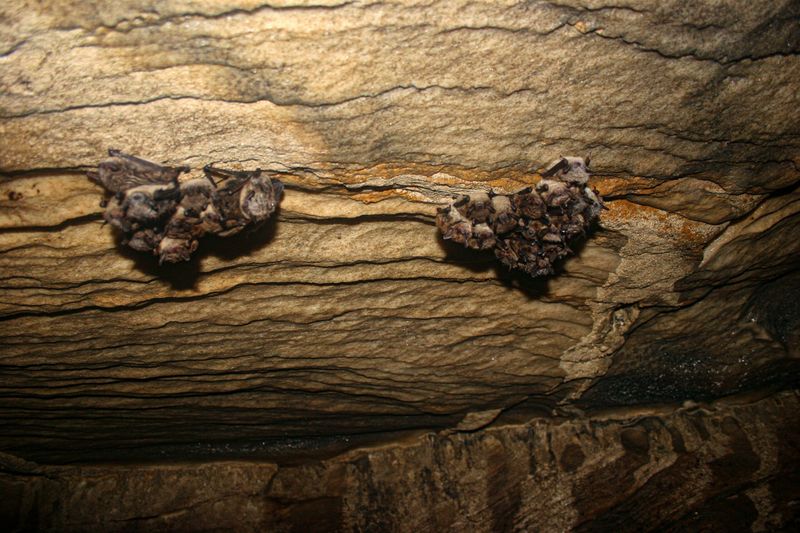
Bats are masters of cool, hanging upside down in caves away from the sun. This unique position maximizes airflow around their bodies, aiding in temperature regulation.
By being nocturnal, bats avoid daytime heat, emerging at night to hunt.
19. Crocodiles

Thanks to ancient instincts, these massive reptiles have smart ways to beat the heat. Basking with open mouths releases excess warmth, and lounging in water cools them down efficiently.
Switching between sunlight and shade helps crocodiles maintain just the right body temperature.
20. Seals
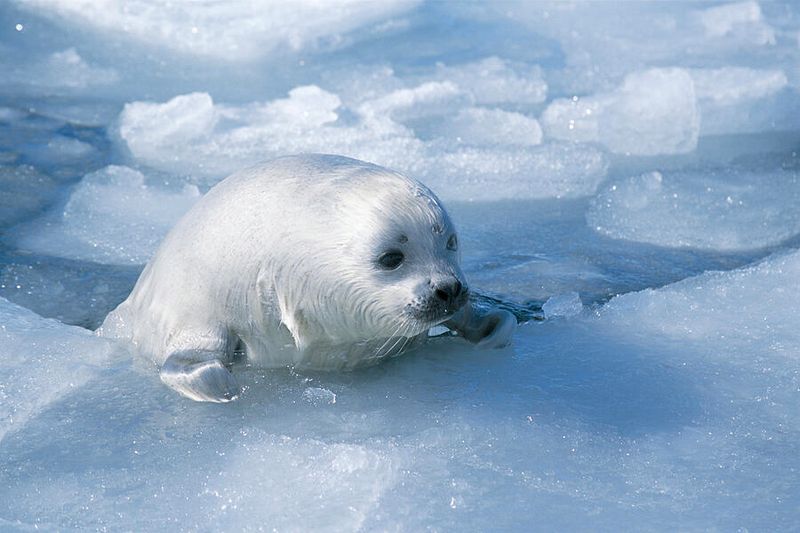
Seals enjoy a cool dip in icy waters to regulate their temperature. Their blubber provides insulation, but diving into cold water helps release excess heat.
Seals often bask on ice, utilizing the contrasting temperatures to their advantage. By moving between land and water, these marine mammals expertly balance warmth and coolness in their chilly oceanic environments.

